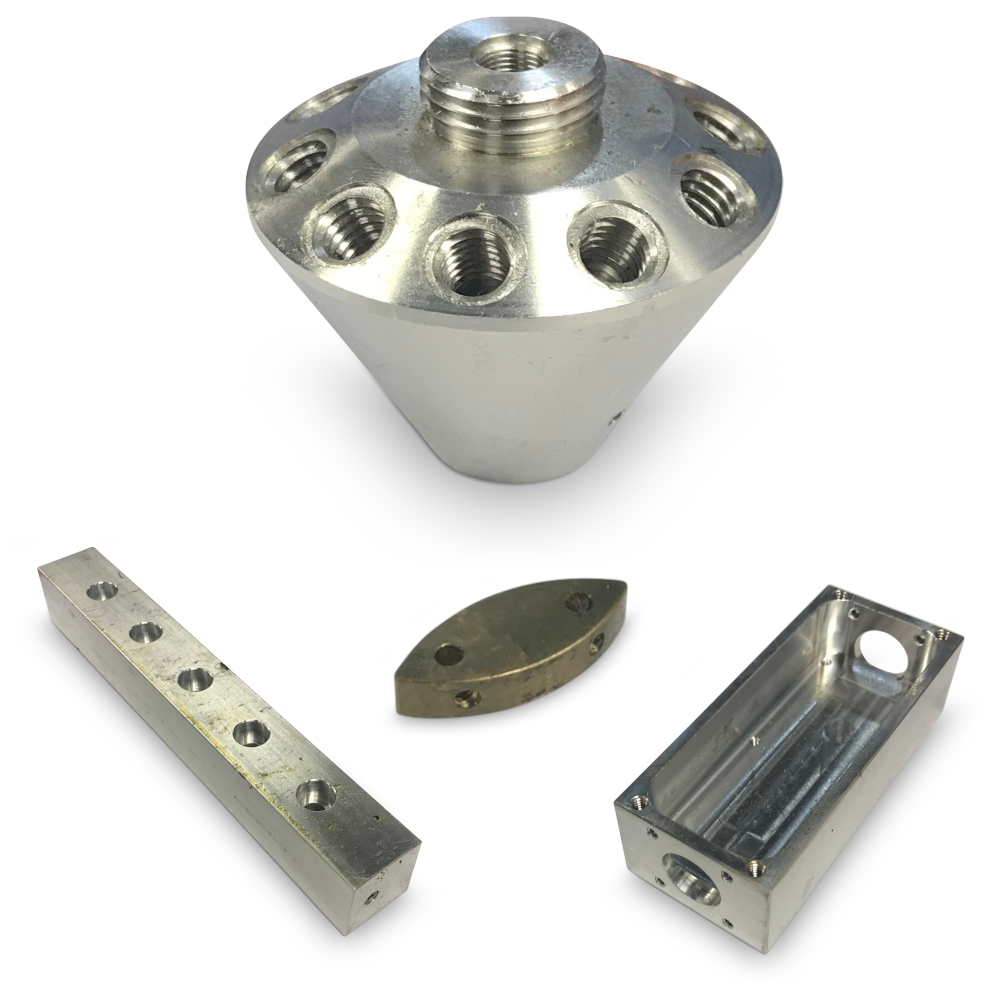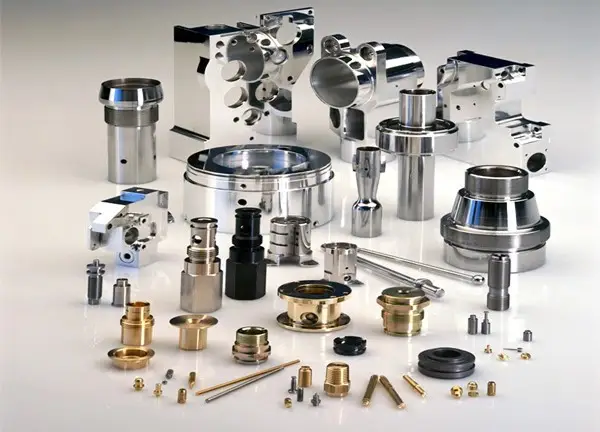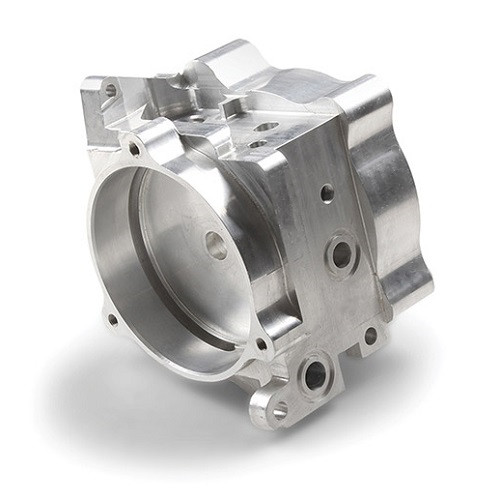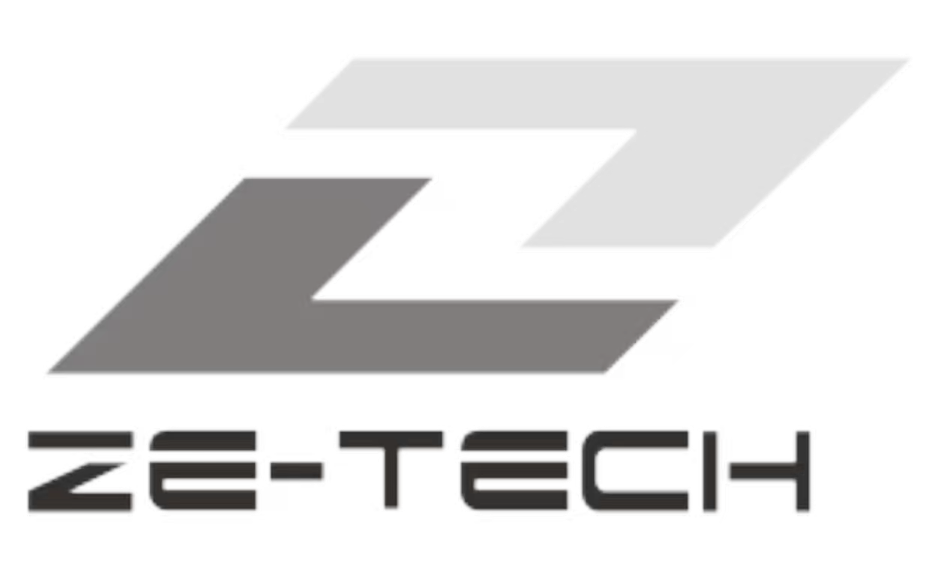Introduction
In the ever-evolving landscape of precision manufacturing, CNC machining remains one of the most powerful and versatile methods for producing high-quality components. Over the past decades, we have witnessed the shift from traditional 3-axis machining to multi-axis solutions, including 4-axis, 5-axis, and even hybrid machining systems. This evolution not only enhances flexibility but also redefines efficiency, accuracy, and design possibilities.
What Is Multi-Axis CNC Machining?
Multi-axis CNC machining refers to the ability of a machine tool to move a cutting tool or a part along multiple axes simultaneously. While 3-axis machining remains widely used, modern industries increasingly adopt 4-axis and 5-axis machining to handle more complex geometries with fewer setups.

Evolution of CNC Machining Axes
| CNC Machining Type | Axes of Motion | Capabilities | Typical Applications | Benefits |
|---|---|---|---|---|
| 3-Axis CNC | X, Y, Z | Cutting along three linear directions | Basic milling, drilling, slotting | Cost-effective, reliable |
| 4-Axis CNC | X, Y, Z + rotation (A or B) | Rotational capability for cylindrical workpieces | Turbine parts, gears, camshafts | Reduces setups, faster machining |
| 5-Axis CNC | X, Y, Z + two rotational axes (A & B) | Complex geometries, simultaneous multi-surface machining | Aerospace blades, medical implants, automotive molds | High precision, reduced tool wear, single-setup machining |
| Hybrid / Beyond 5-Axis | X, Y, Z + advanced rotary/tilting + additive features | Combines subtractive + additive + automation | Aerospace prototypes, custom implants, advanced molds | Flexibility, faster product development, less material waste |
Advantages of Multi-Axis CNC Machining
- Design Freedom – Ability to machine complex surfaces, undercuts, and contours.
- Improved Accuracy – Single-setup machining reduces alignment errors.
- Reduced Production Time – Faster cycle times with fewer setups.
- Better Surface Finish – Smooth, precise cuts with optimal tool angles.
- Material Versatility – Handles metals, plastics, composites, and even advanced alloys.

Applications Across Industries
- Aerospace – Precision turbine blades, engine housings, lightweight structural parts.
- Medical – Custom orthopedic implants, dental prosthetics, surgical instruments.
- Automotive – High-performance engine components, molds for lightweighting.
- Electronics – Heat sinks, enclosures, miniaturized parts.
- Tooling & Molds – High-precision dies, injection mold cavities, rapid prototyping.
Future Outlook: Beyond 5-Axis
While 5-axis machining is now the gold standard in advanced manufacturing, the future is moving toward integrated machining centers that combine CNC milling, turning, grinding, and even additive manufacturing within a single system. This trend is aligned with Industry 4.0 and smart factories, enabling real-time monitoring, digital twins, and AI-driven optimization.

Conclusion
The rise of multi-axis CNC machining represents a major leap in modern manufacturing. By moving beyond 3-axis limitations, industries can now produce lighter, stronger, and more precise components with reduced lead times. As technology continues to advance, hybrid systems and automation integration will further redefine the boundaries of what CNC machining can achieve.
What We Offer at Ze-tech Mold
At Ze-tech Mold, we provide end-to-end manufacturing services, including:
- CNC Machining & Turning
- 3D printing prototype
- sheet metal fabrication
- silicone vacuum casting
- Rapid Injection molding
- surface treatments
- PCB & PCBA
Whether you’re looking for precision CNC parts or custom prototypes, we provide tailored solutions for both low-volume and large-scale production. Get in touch with us today to discuss your project and see how we can bring your ideas to life.
